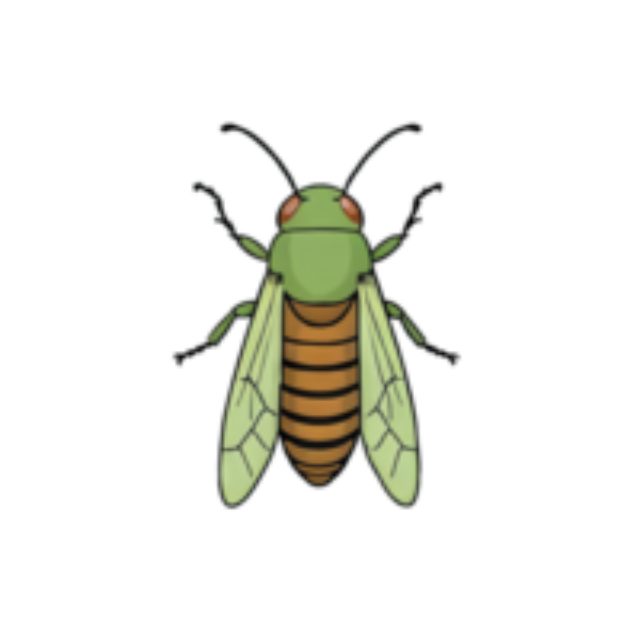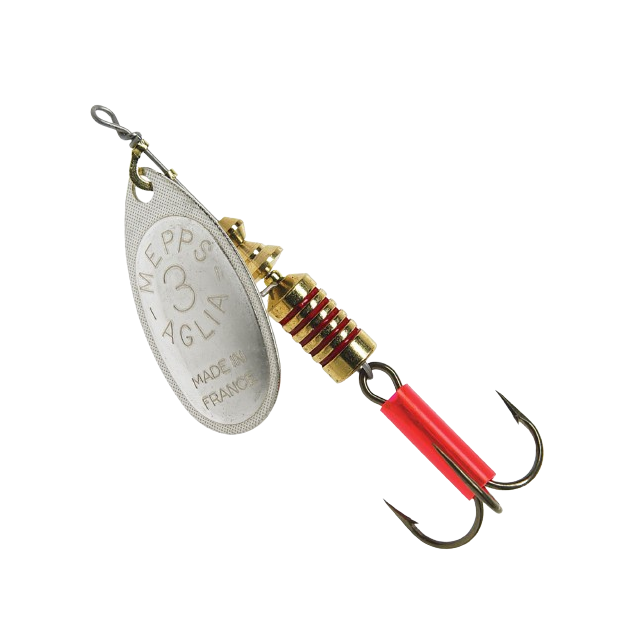Fishing Tips: How To Catch Brook Lamprey

More photos of Brook Lamprey.



Brook Lamprey are fascinating creatures, not typically targeted by the average angler due to their unique lifecycle and feeding habits. They are most often found in clean, cool streams with sandy or muddy bottoms where they can burrow. Unlike parasitic lampreys, Brook Lamprey are non-parasitic and feed on organic material during their larval stage before becoming adults, at which point they stop feeding to spawn.
Catching them involves understanding where they spawn and gently collecting them during this phase, as they are not caught for sport but for study or ecological monitoring.

Berkley Gulp! Alive Minnow
Soft plastic baits, such as the Berkley Gulp! Alive Minnow, are designed to imitate small fish and...
Soft plastic baits, such as the Berkley Gulp! Alive Minnow, are designed to imitate small fish and other aquatic creatures. They are favored for their lifelike scent and movement. These baits can be rigged in various ways, including on a hook or a jighead, making them effective in different environments. Their lifelike texture and movement make them appealing to sunfish.
Continue reading
Earthworms
Earthworms, including nightcrawlers and red worms, are highly effective live baits due to their na...
Earthworms, including nightcrawlers and red worms, are highly effective live baits due to their natural scent and movement. They can be hooked whole or in pieces, making them versatile for various fishing conditions. When hooked correctly, they wriggle enticingly in the water, drawing the attention of nearby fish.
Continue reading
Insects
Insects are a natural food source and effective live bait. Using crickets, grasshoppers, or other ...
Insects are a natural food source and effective live bait. Using crickets, grasshoppers, or other small insects can attract fish due to their movement and scent. They can be hooked through the body and fished near the surface or just below.
Continue reading
Mepps Aglia
Inline spinners are compact lures with a spinning blade attached directly to the lure's body....
Inline spinners are compact lures with a spinning blade attached directly to the lure's body. The Mepps Aglia is renowned for its consistent flash and vibration, attracting fish from a distance. Inline spinners are particularly effective in streams and rivers but can also be used in lakes and ponds. Their simplicity and effectiveness make them a staple in many tackle boxes.
Continue readingSince Brook Lamprey do not feed during their adult phase, traditional baiting methods are not effective. Catching them typically involves netting during their spawning runs in the spring. Here is more of an overview of their habitat preferences, which can help in locating them:
| Preference | Description |
|---|---|
| Habitat | Cool, clear streams with sandy or muddy bottoms. |
| Spawning Conditions | Shallow areas with slow currents during the spring, where they can be seen in groups. |
Gear To Use For Catching Brook Lamprey:
| Gear Type | Specifications | Purpose |
|---|---|---|
| Nets | Fine mesh nets suitable for small, delicate fish. | Used to gently capture Brook Lamprey without harming them during their spawning. |
More Thoughts on Gear:
Most Active Times for Observation: Brook Lamprey can be observed in the early morning or late evening during their spawning season. This is when they are most active in their spawning behavior, making it the best time to study or capture them for ecological purposes.
How To Identify If You Caught Brook Lamprey: Brook Lamprey can be identified by their eel-like body, absence of jaws, and the single nostril on the top of their head. Adults are typically about 4 to 6 inches long, with a dark bluish-black body and a lighter underbelly. They lack the parasitic teeth found in some other lamprey species, making them easier to handle safely. For further identification or to confirm your catch, consider consulting with local wildlife experts or using resources like the Catchpedia Fish Identifier.